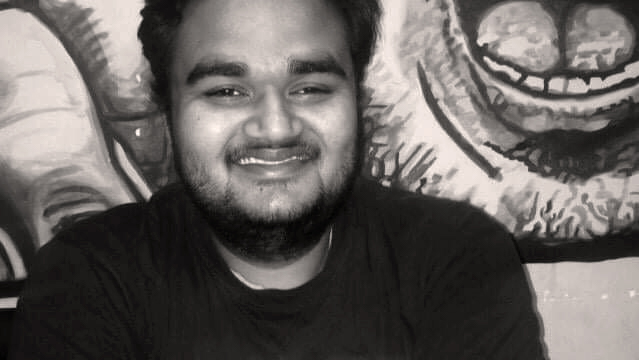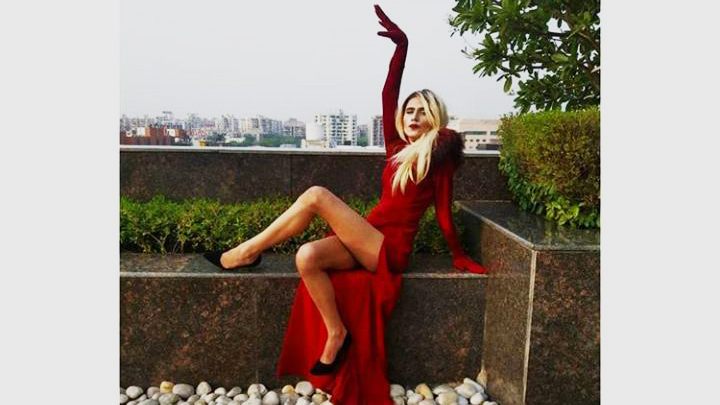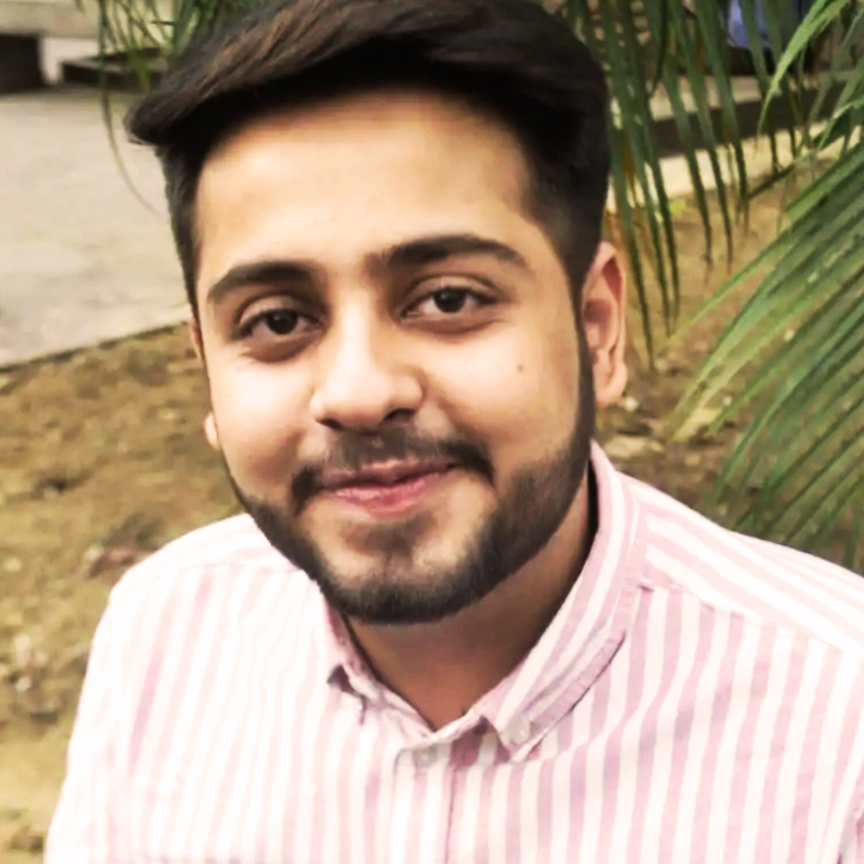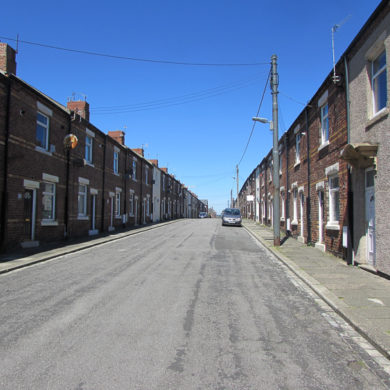Understanding Bollywood’s changing relationship with the LGBTQ+ community through its portrayal of homophobia in films.
A significant percentage of Indian cinema is the world-wide phenomenon called Bollywood with its main aim being money making. These films are made keeping in mind an Indian audience and are influenced by the society around said audience.
The remainder of Indian cinema or the counterpart to Bollywood, would be independent cinema and/or art films. These films are progressive and unconventional, created by progressive and unconventional film makers. You can easily compare it to Third Cinema, a cinematic movement originated in Latin America in the years 1960-1970.
What both of these cinematic sections have in common and what also distinctly sets them apart at the same time is the society around them. Both these categories gather themes from society to explore, be it cultural, artistic, economic or political.
It’s important to realise that the society around them, though constantly changes, still remains the same; but the way independent films interpret society and people, is far more different than the way commercial films do it.
“A filmmaker is responsible for how they represent their characters. I believe, movies are the reflection of reality, if not the plot, making the characters as real as possible should be a filmmaker’s top priority, yes, it takes time, it needs research, it also requires heart which most of [commercial films] compromise on,”
says Pujith Vamsi, an independent film maker based in Hyderabad.
Even though change is around the corner, the manner in which the LGBTQ+ community of India has been portrayed through Bollywood films, somewhere imply that being queer is either a phase and can be taken in a joking manner or a mental illness that can be cured, which sends out the wrong message about hatred and/or fear against queer people.
The word ‘homophobia’ can be understood easily if broken down into ‘homo’ and ‘phobia’, the latter meaning fear. Homophobia, formerly meaning negative attitudes and dislike towards homosexuals, in the recent years has manifested into meaning negative attitudes, dislike and contempt towards the LGBTQ community in general.
Homophobia in India, for a major chunk of the population, stems from a very strong set of conventional thinking of generally accepted gender roles and that there might exist people who may identify as something other than the heteronormative order is seen as derogatory and is looked down upon.
“In India, if homophobia were shown like [in films], nothing would happen. And Bollywood is not that politically correct, so there will be no action like that against film makers or actors who say homophobic comments but there are a few numbers of individuals who always speak out in support of the community,” says Shivam Singh, a soon to-be published author.

The American Psychiatric Association Board of Directors removed homosexuality from the manual of mental health disorder only in 1973. After this monumental change, attitudes towards homosexuals and the LGBTQ+ community started to change but recognizing homophobia as a real issue faced by the community is still a struggle.
Movies like Kal Ho Naa Ho (Tomorrow May Never Come) (2003), the Masti series of films (2004, 2013, 2016), selective scenes from films like Kapoor and Sons (2016), Super Deluxe (2019), Aligarh (2016) are some of the films in which homophobia is shown for different purposes. These are just some examples of the numerous Bollywood films that show homophobia.
Some films, mostly the independent cinema industry show it as a malpractice whereas Bollywood shows it by making fun of the community or by casually emitting homophobic behaviour, which sends a message that it’s okay to practice it.
“Homophobia is a mentality that can easily be erased with right information and a little bit of humanity. We get mocked because the industry has been portraying us in a comic way in the previous era of cinema,”
says Nitish Anand, more popularly known as Shabnam Be-wa-Fa, India’s youngest performing drag queen.

While the situation with stereotyping and ridiculing of the community is only gradually improving, where does Bollywood stand with the portrayal of homophobia? Should it or should it not be shown?
When homophobia is represented in films, it should be shown in a manner that shows how wrong it is, in a way that people comprehend the meaning and seriousness of it, without it being used as comic relief, which will end up being offensive and increasing more homophobia.
According to Reyansh Narang, homophobia is a tricky topic to deal with and showing homophobia on screen comes with its own pros and cons. Reyansh is a part of Nazariya LGBT, a community organisation, a queer youth alliance and social justice advocacy group based in some of the major cities of India.

“It is the media representation of the community that helps fight the prevailing heteronormativity as well as the stigma against the LGBT community in our society. But, the portrayal of homophobia not only normalises hate against the community but also enables and promotes it. This is what builds up the homophobia in the children of today that forms the homophobia in tomorrow’s society,” he adds.
For a lot of cinemagoers and members of the LGBTQ+ community, showing homophobia in cinema is like showing any kind of violence or assault, meaning that if it is shown with caution, or with a message that conveys how wrong such behaviour is, cinemas will do a better job of holding up their image of being society’s mirror.
“There can be a change but portrayal of homophobia in content has just taken us 500 years back in time. See if homophobia is shown in a way to teach us a lesson, its fine. Otherwise homophobia should not be propagated and anyway you’ll never have films that are based on the main storyline to be homophobic,” says Harish Panchbhai, a Flames University alumnus, now working as a strategic marketing specialist.
Films have an unsaid duty of communicating with society and both parties are heavily influenced by each other, which is why something like homophobia should be shown in a way that tells its audience how wrong it is.
“After a point of time, I feel [the LGBTQ+ community] must’ve given up on Bollywood, they must be tired and habituated, sadly. If they want to watch the reality to experience or entertain themselves about the movies made on their community, for now, independent cinema is the only way to go,”
believes Pujith.
Homophobic behaviour in films is not only derogatory towards the community, but homophobia faced from society may also discourage intimacy between same sex partners according to a paper published in the Eastern and Central European Online Library. This might just be one of the few effects of showing homophobia in mainstream cinema.
“While speaking of the effect on the community, I watched Badhai Ho (Congratulations) (2019) and there was a scene with the gay character dancing a certain way. I was shocked at my friends’ reactions and I cried after I went home and felt belittled. So, I don’t know how big an impact cinema has on society but I do know that society does have a big impact on cinema…on an individual level I feel belittled that this is how I am represented in a film that is supposed to be the best film of 2019 and it has done so well and what not,” says Shivam.
Many times, homophobia may even make the LGBTQ+ community feel isolated from their own people. Watching a film with loved ones is always fun but not when the film emits homophobic behaviour and makes people uncomfortable.
“Indians are a little [dumb] in the head so there is backlash and people suddenly get into this hatred mode and everything. They would criticise people and start getting religious aspects into play they’ll start talking things like what was shown in the movie was correct and this is how it should be, and this is how people should be troubled. I’ve met people who were happy about homosexuals being killed,” says Mr. Panchbhai. This type of hatred that results from homophobic behaviour may trigger people by creating fear in the community.
A lot of people outside the LGBTQ+ community refuse to believe that homophobia is real or that it is a serious offense. This could partly be because of the way it is casually shown in films in the form of comedy but what many fail to realise is that a lot of people’s everyday lives are affected by homophobia.
Ideally, film makers should be held accountable for the content they make and put out there for others to see, which is not the case at the moment, according to Shivam Singh, who believes the situation will hopefully be different in the near future.
“We know that it is a politically incorrect thing to practice homophobia, but it will take a few more decades for that to seep into society. I think if someone wants to show homophobia on screen then I am fine with it. The reason that I am fine with it is because it exposes your mentality and I’d rather have a person show it and be fully supportive rather than pseudo supportive.” he adds.
Showing both sides of the story, showing the origins of homophobia, how it has affected the LGBTQ+ community and people outside of it and how it should be dealt with properly, is an approach that a few film makers have already started taking up, for example, Aligarh (2016). With the right representation of all the orientations of the community will be a right step toward raising awareness about homophobia.
Proper research, documenting real life incidents and experiences of people are an essential to bring out unheard voices from the LGBTQ+ community to make it a more open-minded society for all, according to Nitish Anand. “I feel instead of showing homophobia we should elevate our ideas to talk about more ways to normalize homosexuality in India.” he adds.
“[If there are even four people cleaning up one person’s mess, it is still a big deal] is what I believe in. So, unfortunately this good deed of [spreading awareness] is the job of the ones who are a little more aware and educated”
says Mr. Panchbhai
“No one will make content that is extremely homophobic, I hope they don’t, I mean, India seems to be going four steps back in every field right from politics to art. If at all it happens, we have a large community of good people, aware people, there will be condemning such content curation and there will be enough backlash.” he adds.
Finally, it is safe to say that the relationship that mainstream cinema shares with the LGBTQ+ community is slowly seeing better days where film makers are taking effort to portray the LGBTQ+ community in the right light which, hopefully, is a ray of hope for both Indian cinema and our community, in the near future.
Raising awareness and education are some of the most powerful tools we have today. It is our responsibility to be careful with our words and they should be used to spread love, not spew hate.
Some of the same principles and thoughts are explained in the video below, by Pooja Kumar. She is the digital editor and content creator for a publishing company known as Gaysi. They are an organisation for the support of the LGBTQ+ community of India.

